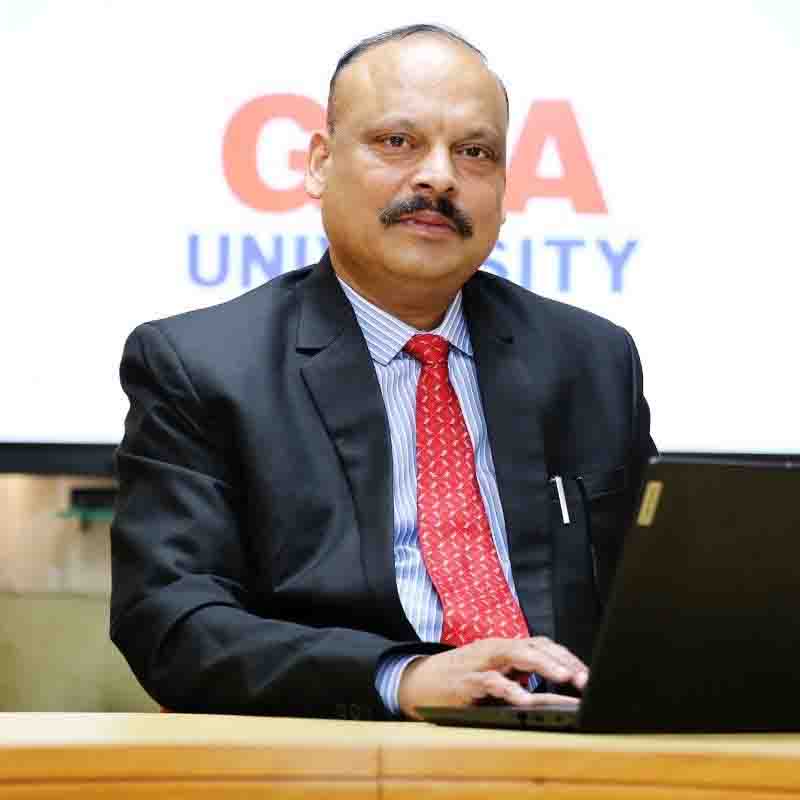Punjab: Vice Chancellor of GNA University, Phagwara, Hemant Sharma shares his perspective on emerging trends in the field of education. Education, at its essence, has always been about learning and sharing knowledge. However, the process of education has changed significantly over time. With the advent of the internet and digital technologies, the education system has become more interconnected, facilitating global collaboration and creating equal opportunities for learners across the world. This shift is not only about sharing knowledge but also about improving learning outcomes for all students, regardless of their geographical locations. One of the major developments in this evolving educational landscape is the concept of “glocal” higher education – a fusion of global approaches with local contexts. Rooted in the philosophy of “think globally, act locally” and “think locally, act globally”, the glocal approach seeks to address socio-economic, political and cultural issues that impact education at both the global and local levels. It aims to prepare students for the complexities of an interconnected world, creating a curriculum that reflects global issues, innovations, and economies, while also considering local challenges and opportunities.
This approach is based on the idea of global collaboration between universities. It encourages students and faculty from diverse cultural, social, and economic backgrounds to come together, creating a richer learning environment. When these diverse perspectives meet, they foster creative problem-solving and promote innovative thinking, which are essential skills for the future workforce. By collaborating with institutions around the world, universities can better prepare students to navigate the complexities of a rapidly changing world. The benefits of this interconnected approach are clear. Students are encouraged to look at problems from multiple angles, taking into account cultural and contextual influences. This not only enhances their ability to find innovative solutions but also prepares them for careers where global competence and adaptability are critical. In addition, exposure to different cultures and ideas boosts creativity, which can lead to groundbreaking innovations.
As we look to the future of education, emerging trends such as digital technology and interdisciplinary education are reshaping the way we teach and learn. Digital tools are revolutionizing education by providing new ways to engage with content, collaborate with peers, and access knowledge. Additionally, interdisciplinary education is gaining prominence, as it breaks down traditional silos and encourages students to make connections across different fields of study. This approach promotes critical thinking, creativity, and problem-solving – skills that are indispensable in today’s complex world. Interdisciplinary education, in particular, is designed to equip students with the versatility and adaptability needed to tackle real-world challenges. By integrating knowledge from multiple disciplines, this approach promotes a holistic understanding of problems.
